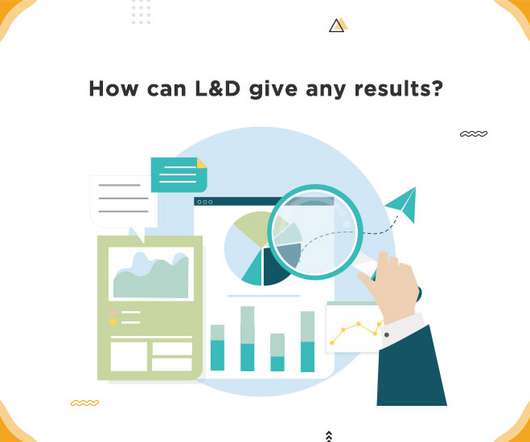3 Basic Forms of Effective eLearning Activities
eFront
JULY 5, 2016
When created the right way, learning activities can help users conquer challenging learning objectives. In this article, we’ll share with you the basic three forms of eLearning activities that aid in creating memorable learning experiences – which is what effective eLearning is all about. A few examples: 1.















































Let's personalize your content